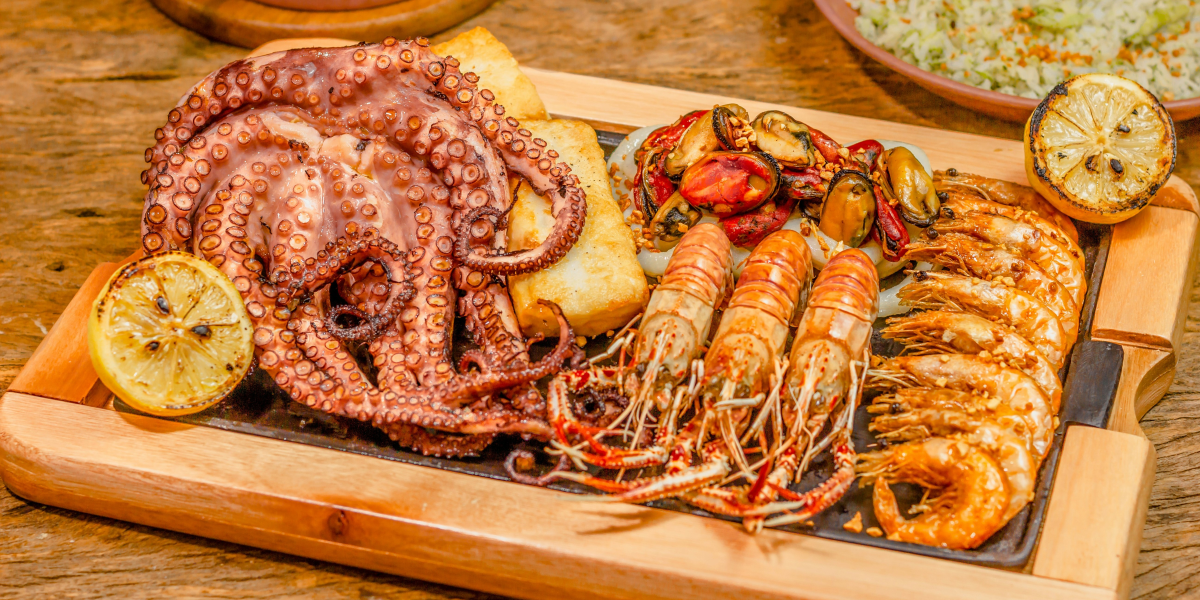Last summer, the temperature in the California Desert peaked at 122 degrees fahrenheit — so hot that your fingers burned if you stuck your hand out of the car window. By then, the water level of Lake Mead, the major reservoir servicing California, was already at record lows and the whole of the west coast was in the midst of an historic, highly-visible drought. Meanwhile, the Coachella Valley remained its familiar self — hundreds of pristine golf courses and mile after mile of perfectly manicured, emerald green lawns.
No one had yet heard of water restrictions, nor did anyone seem to care much. Thanks to a century-old agreement, the desert has first dibs on the Colorado River.
It is well-known, but rarely acknowledged, that the grass used in most residential lawns is an extremely thirsty plant. Largely because of its lust for water, grass makes for a terrible neighbor, not only draining wells and reservoirs, but starving other plants like trees of rainwater. Over the past several years, there have been multiple anti-grass movements, from “Kill Your Lawn” to the less drastic “No Mow May.” Like weeds, however, lawns have proven hard to kill. Most Americans grew up with a turfgrass lawn; sentimentally, they want one for their kids and pets to enjoy too.
Yet, studies have shown a growing interest in more ecologically-friendly yards. For example, a 2021 survey conducted by the American Society of Landscape Architects (ASLA) revealed that roughly 80% of landscape clients were interested in “climate solutions” — a marked increase from just the year before. Adding to this, the International Casual Furnishings Association conducted a national survey the same year showing that 88% of people are unsatisfied with their outdoor space and want gardens and fruit trees, rather than just grass.
The shift in priorities is not just a matter of conservation, either. All of those lawn care chemicals needed to keep turfgrass lawns their staple emerald green color are highly toxic. Native plants, meanwhile, never need to be mowed or sprayed, and some — like creeping thyme and asiatic jasmine — make great evergreen groundcover.
Justin West, co-founder and CEO of Thrive Lot, a home ecosystem platform and company based in the Bay Area, is convinced that most Californians want change, but they need to understand the possibilities before delving into a state of lawn-lessness. “People aren’t going to accept the status quo anymore,” says West. “They want to know the impact that their surroundings have on their health and the health of the planet. When they investigate turfgrass lawns, they find that it’s nothing but invasive species, high-emissions maintenance, heavy chemical use and water waste. People would rather be surrounded by lush beauty, feel self-sufficiency and health, and contribute to feeding bees, birds and butterflies.”
Rather than emphasizing the negative, Thrive Lot focuses attention on the benefits of ecologically-designed home landscapes and environments. West often tells clients how diverse, dense, mature ecosystems create incredible value for homes and communities, while native perennial pollinator habitats are cheaper and easier to maintain than turfgrass. But the benefits of going native go beyond cost, and even beyond nature. Studies have shown that children not exposed to truly natural spaces are 55% more likely to develop mental and social disorders.
Thrive Lot is now connecting homeowners across the Bay Area to native landscape experts, but West has advice for D-I-Yers as well. “The first thing people can do is start building real soil and change their turfgrass and invasive ornamental landscaping out for native, perennial, drought tolerant plants. Although, they should keep in mind that xeriscaping is not the solution — it’s more desertification.”
Xeriscaping is a landscaping approach that eliminates the need for irrigation. It has become a popular option as many Californians work to adapt their lifestyles to what is beginning to feel like permanent drought. West says that because organic matter holds water in the soil, native plants and trees actually help to prevent drought.
“What homeowners should focus on instead of getting rid of the naturally occurring fauna and flora,” he says, “is creating a sustainable ecosystem.”











